10 years on from the start of Mercedes’ dominance – How did their pre-season testing pan out?

.webp)
Mercedes will be aiming to take a significant step forwards in 2024 as they look to challenge Red Bull. The goal might seem a sizeable one but, if we rewind back 10 years, there was a vaguely familiar scenario at play – one which ultimately resulted in Mercedes overtaking the previously dominant Red Bull in an almighty fashion.
At the end of 2013, Sebastian Vettel and Red Bull had just wrapped up another successful year. The partnership had claimed their fourth consecutive drivers’ and constructors’ championships, with the final season of this run proving particularly strong – the squad ended the campaign with a 236-point advantage over second-placed Mercedes, and scored 13 race wins in comparison to the latter’s three.
READ MORE: Button picks team who are 'most likely' to challenge Red Bull in 2024
However, change was afoot in the sport. The 2014 season would see the arrival of new technical regulations, with the main area of development being the switch from 2.4-litre V8 engines to 1.6-litre V6 turbo-hybrid power units.

Concerns during development
Needless to say, any sweeping set of rule changes require a vast amount of preparation from the teams – as we witnessed more recently when the ground effect era was introduced in 2022 – and the development process can offer up its fair share of challenges.
Mercedes experienced some problems of their own in developing their new power unit for the 2014 season. Andy Cowell – the former Managing Director of Mercedes AMG’s High Performance Powertrains who oversaw the creation of the V6 turbo-hybrid unit – has previously recalled how a worrying test of the engine in the summer of 2013 sparked internal crisis talks.
With the manufacturer due to supply other teams on the grid with the power unit as well as running it themselves, concerns abounded over the potential for multiple outfits suffering issues.
As such, the team knew that extra work was required to turn things around and this is exactly what they did – the process saw them build three power units in order to truly perfect the one that they ultimately put in the W05 car.

A shaky start at testing
While pre-season testing is a fairly brief affair these days, three separate tests were set to take place ahead of the 2014 campaign. The first of these would be held at Jerez from January 28-31, while two further four-day tests in Bahrain would follow in February.
Mercedes, like many teams, did not arrive at Jerez with their car quite where they wanted it to be, particularly in light of that crisis moment just months earlier. The squad launched the W05 on the morning of the first day of the test, before Lewis Hamilton gave it its track debut just after 9am.
After setting a number of installation laps, the Silver Arrows ran into trouble when Hamilton crashed at Turn 1 due to an issue with the front wing. With the car unable to run again for the rest of the day, valuable time had been lost.
They were not alone in experiencing early hiccups, though – very few teams recorded much mileage on day one as they adjusted to the unknowns of this new technical era. World champion Vettel managed only a few minutes on track, while McLaren’s challenger did not leave the garage at all. Lotus, meanwhile, opted to skip the Jerez test altogether and make their debut in Bahrain instead.
While the start had not been smooth for Mercedes, Hamilton ultimately managed 18 laps that day which accounted for practically half of the total number recorded across the pack (35). Only eight cars had run, with just 47 days remaining until the first race of the season.
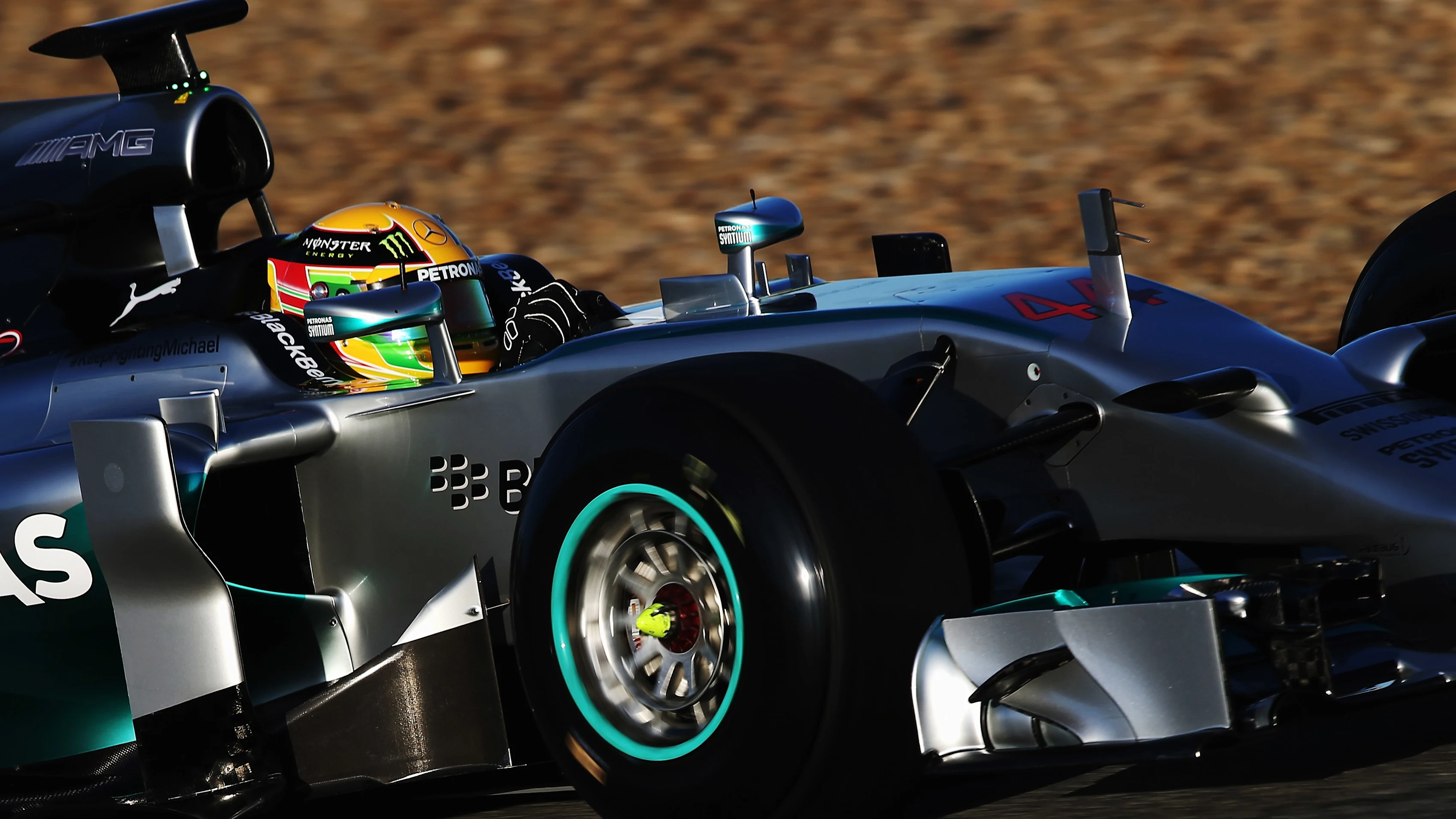
Mercedes start to impress
In terms of establishing a pecking order, there was very little to go on from the opening day at Jerez. The action picked up in ensuing days, though, as the teams started to get to grips with their new cars. Nico Rosberg took over for Mercedes on day two and impressively recorded 97 laps in total without any issues. His nearest competitor in terms of mileage was Esteban Gutierrez in the Sauber on 53 laps.
Others down the pit lane still looked to be battling technical gremlins, particularly those – including Red Bull – who were running Renault engines. Vettel amassed just eight laps on the second day of testing, the lowest of the eight drivers to hit the track. It had not been an ideal start to the pre-season for the defending champions.
Mercedes were not always at the top of the timesheets at Jerez, but their continued reliability in contrast to their rivals became increasingly apparent. The third day saw Daniel Ricciardo’s Red Bull break down on his first lap, while Fernando Alonso suffered a stoppage on track in the Ferrari.
READ MORE: Mercedes to power Williams into new F1 era with engine supply for 2026 regulations
Hamilton, meanwhile, made up for lost time after his problems on the first day by logging more laps than anybody else on day three, with a total of 62. The Briton ended the day in third place on the timesheets, and notably the top four were all Mercedes-powered cars.
Damp conditions on day four did not put an end to Mercedes’ running. Rosberg took to the track in the morning on the intermediate tyre and during the day recorded 91 laps, double the mileage of any other driver. The German was also the only driver in the field to complete a race simulation. Hamilton then took over for the afternoon and added a further 41 laps to the tally.
By the end of the test, the Silver Arrows had completed a total of 1,368km, more than any other team.

Mercedes react – a ‘surprise’ but ‘encouraging’
That high mileage came as a bit of a shock to Rosberg, but he was left impressed by how early the team had managed to complete a race simulation.
“It's come as a bit of a surprise that we were able to do so many laps here today and throughout the whole week,” he commented at the end of the Jerez test. “I was able to do a full race simulation on only the fourth day of winter testing, so we can be very happy about that.”
Reflecting on where Mercedes stood in relation to their rivals, Rosberg sounded a note of caution: “It's been a decent start, but there is still a lot of work ahead of us in the next six weeks because it's such a big mission to get reliability with these new cars.
READ MORE: Wolff ready to ‘embrace the challenges’ after agreeing new Mercedes deal
"Performance-wise we don't know where we are because you can't really compare to the other cars, but that's not the focus right now. We've learned a lot this week so it's an encouraging start to the year.”
Hamilton hailed a “fantastic week” for the squad, adding that the number of laps amassed had been a “huge accomplishment”.
“Like every year we've got a lot of work to do; it's a new challenge this season and the workload is maybe a bit higher than in previous years, but it's a new experience for everyone and I'm enjoying it,” he explained.
“This week has just been about getting the mileage on the car and we've managed to do that quite successfully, which is really encouraging as reliability is the biggest positive we could hope to take away from here. So far so good; now we just have to continue working hard and see what happens in Bahrain.”
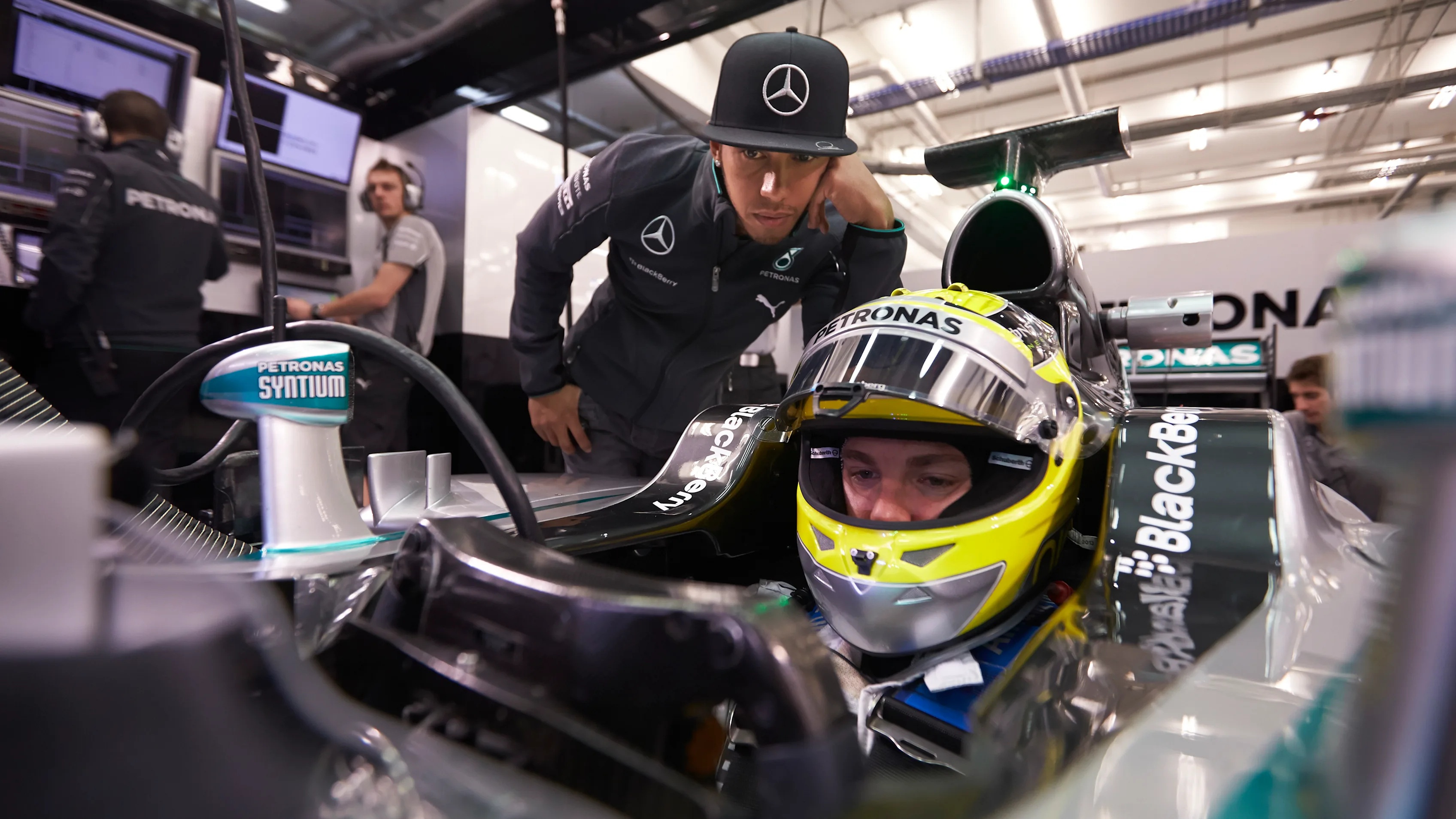
Keeps getting better
What happened in Bahrain ultimately seemed to confirm the Silver Arrows as the favourites ahead of the 2014 season. Four days of testing were held from February 19-22, and Mercedes-powered cars remained near the top of the timesheets while the team themselves continued to record high mileage.
The reliability was seemingly not in doubt, but by day three signs were emerging of the W05’s pace, with Hamilton setting the fastest lap of the test up to that point. His time of 1:34.263 was more than six tenths quicker than closest challenger Kevin Magnussen in the McLaren.
This benchmark was beaten by Hamilton’s own team mate on the final day of running. Rosberg went a full second faster with a lap of 1:33.283, as well as recording more laps than anybody else on day four.
On February 27-March 2, the final four days of 2014 pre-season testing took place in Bahrain. Yet again, Mercedes-powered cars looked to be enjoying better pace and reliability than the likes of Ferrari and Red Bull.
Things did not go entirely smoothly for the Mercedes outfit, though. Hamilton suffered a gearbox issue on day two, bringing his running to an early end, while Rosberg was forced to sit in the garage for much of the morning on day three while the car’s engine was changed. Despite this, he rejoined the fray later on and still managed to put in 103 laps, the third highest mileage of anybody that day.
Hamilton ended the fourth and final day on top of the timesheets. Like Rosberg the day before, he missed out on early track time while an issue was being sorted, in this case a gearbox problem. But, in comparison to the numerous troubles being experienced by others in the field, Mercedes’ form looked impressive by the end of testing.
Yet concerns over reliability lingered, and the squad still did not feel totally ready for the season-opening Australian Grand Prix on the weekend of March 14-16.
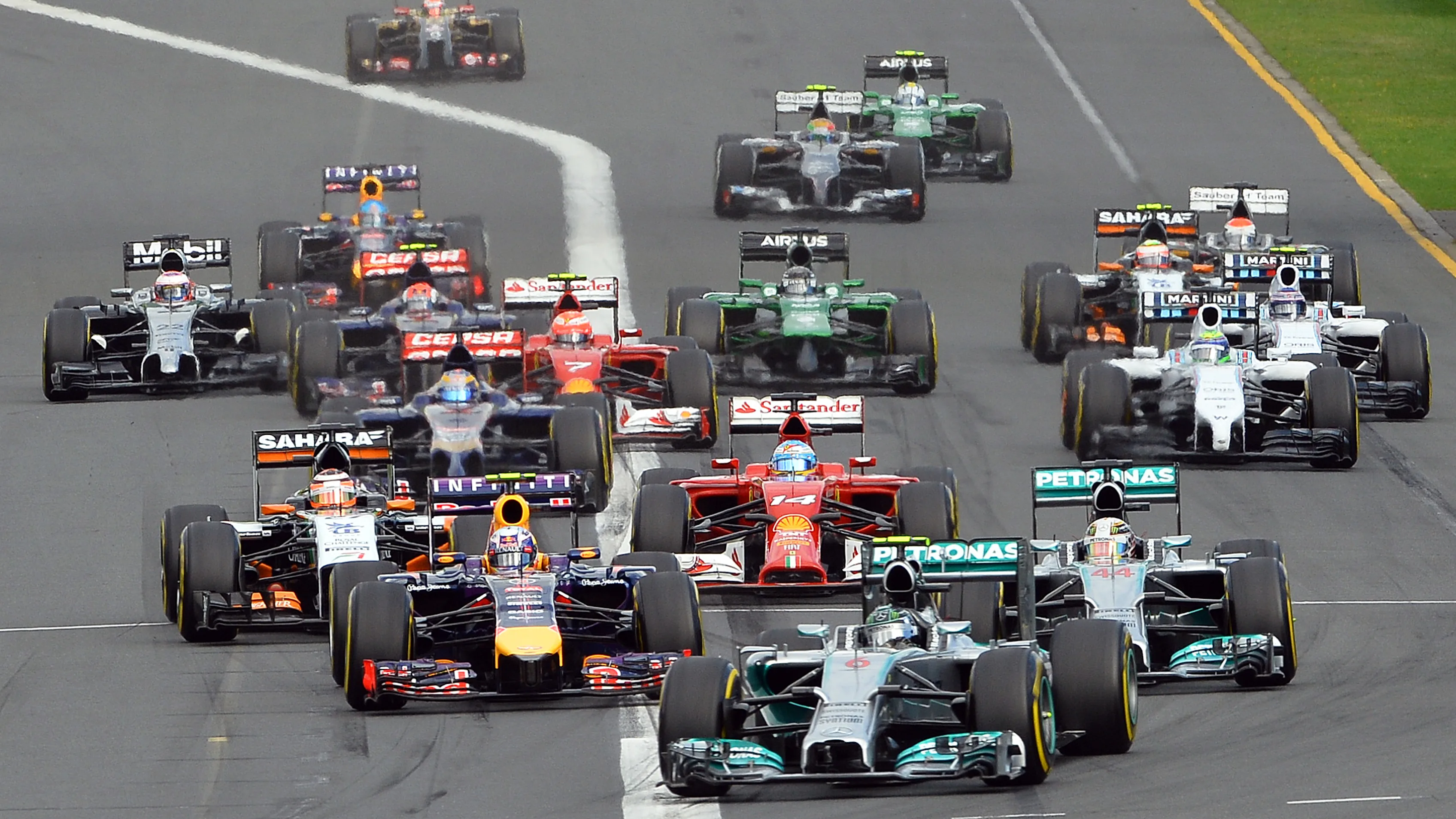
Dominance ensues
Those worries, it transpired, were not entirely unfounded. While Hamilton and Rosberg secured P1 and P3 on the grid respectively in Melbourne, Hamilton did indeed suffer a mechanical issue when his engine dropped a cylinder as the race started. This forced him to retire after just two laps.
Rosberg, meanwhile, went on to take victory in what proved to be the start of a winning streak for the team. Mercedes claimed P1 in the opening six races of the season, while their rivals struggled to match their pace. Defending champion Vettel looked to be less comfortable with his new hybrid era Red Bull, while Ferrari did not appear to be in contention for race wins.
It soon became clear, then, that the title battle would be an intra-team one between Hamilton and Rosberg. The squad wrapped up the constructors’ championship with three races to spare, before Hamilton ultimately triumphed over Rosberg at the season-closing Abu Dhabi Grand Prix, giving him his second world championship.
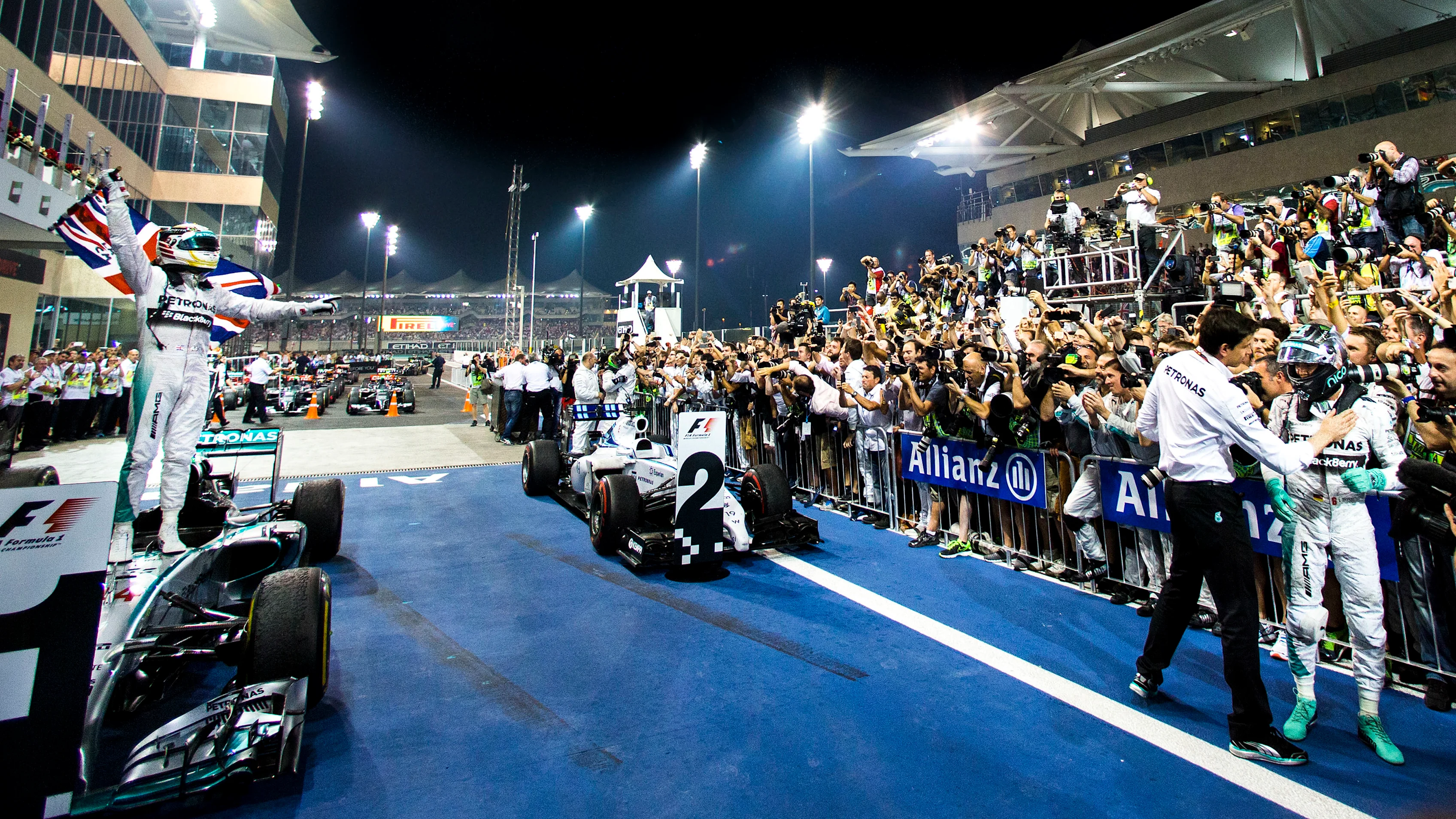
This kickstarted a record-breaking period of dominance for Mercedes. The Brackley-based team won eight consecutive constructors’ titles between 2014 and 2021, while the drivers’ title was claimed by Hamilton for all of these years barring 2016 and 2021, where Rosberg and Red Bull’s Max Verstappen took the crown respectively.
Regulation changes provided the opportunity for Mercedes to become such an almighty force back in 2014, and it was arguably the same reason that ended their period of dominance when they lost out in the 2022 reset. Red Bull gained the upper hand at the start of the ground effect era, and Mercedes – like the Milton Keynes squad back in the turbo-hybrid early days – have struggled in comparison.
READ MORE: Mercedes and Alpine latest teams to confirm 2024 launch dates
There are sounds of cautious hope, though, from the Mercedes camp ahead of the upcoming season. Toto Wolff has suggested that, by changing "almost every component" on the car, the team "have a chance", while Hamilton believes the squad have a "North Star" now, something that has eluded them in recent times.
Can the Silver Arrows edge closer to a return to winning ways in 2024? It isn’t long until we’ll get to find out, with pre-season testing due to take place in Bahrain from February 21-23…
Next Up
Related Articles
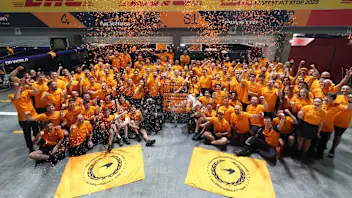 PalmerJolyon Palmer picks his top performers in 2025
PalmerJolyon Palmer picks his top performers in 2025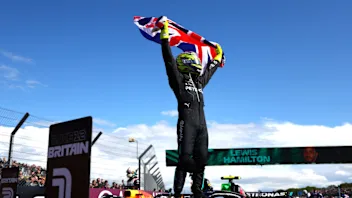 Quiz10 quiz questions on British F1 World Champions
Quiz10 quiz questions on British F1 World Champions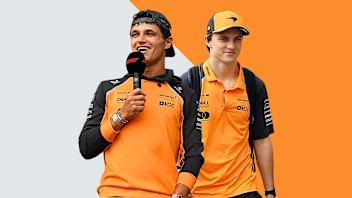 End Of Year Reports 2025McLaren’s best and worst moments from 2025
End Of Year Reports 2025McLaren’s best and worst moments from 2025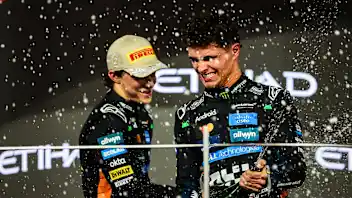 The key moments of an unforgettable 2025 season
The key moments of an unforgettable 2025 season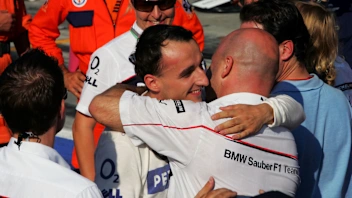 Sauber’s best moments and most memorable liveries in F1
Sauber’s best moments and most memorable liveries in F1 Quiz20 quiz questions on the 2025 Formula 1 season
Quiz20 quiz questions on the 2025 Formula 1 season